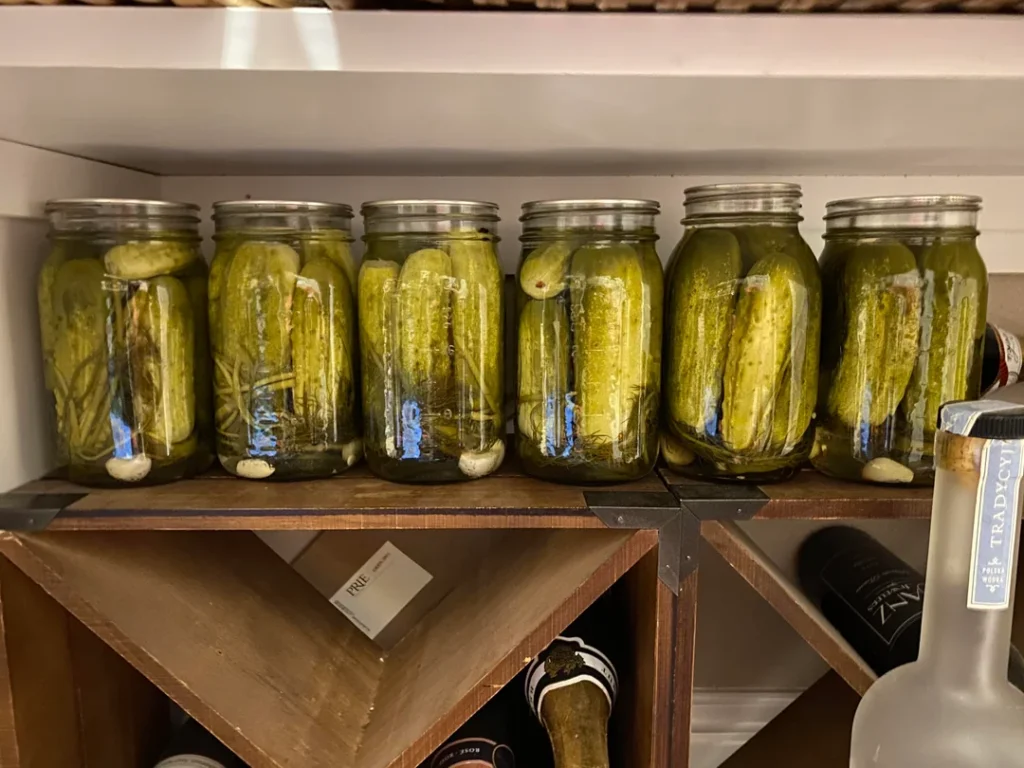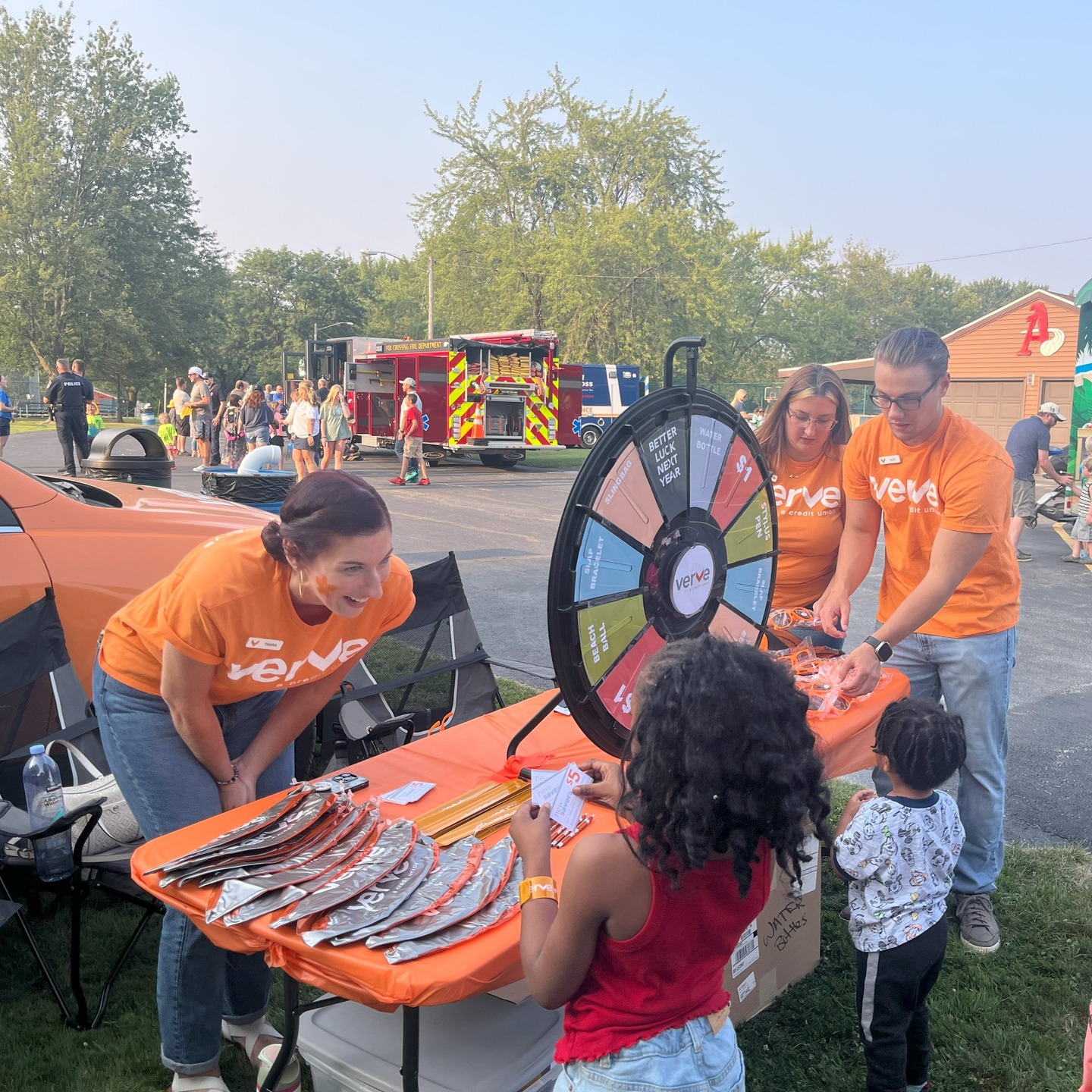Let’s roll with a hypothetical and single out Capital One while we’re at it, because reasons.
Assume that you’re shopping for exactly $1,500.00 worth of hot Takis at the local Kroger affiliate. After ringing up your cart full of Takis, you swipe your Venture X card. The charge goes through, but then you get this message on your phone:
Hi, it’s Capital One. It looks like you may have purchased a gift card from FRYS-FOOD-DRG #0073 on your Venture X Business ending in 1111.
We want to remind you that Capital One and government agencies will never request payment in the form of gift cards.
If you think a scammer is trying to convince you to pay them with a gift card, don’t give them the gift card information. Instead, call us at the number on the back of your card.
Obviously, Capital One has already algorithmically determined that (1) your Takis look a lot like gift cards, (2) you’re either a manufactured spender or a rube, and (3) they don’t want to pay for your chargebacks once the jig is up whether or not you’re a rube.
If, on the other hand, you toss a few coins into the register or swipe a nearly empty gebit card and watch it auto drain before swiping that Venture X, you’ll never hear a peep from Capital One’s automated systems because rubes don’t buy $1,499.22 worth of gift cards (obviously).
So, carry some extra change, nearly drained gebits, or go to an actual cashier and ask them to split payments before buying hot Takis in the future; your account’s longevity probably depends on it.
Have a nice weekend!
Alternate method: buy a bag of hot Cheetos with the hot Taki’s, but be aware that this may cause the spontaneous and abrupt end of the universe.







